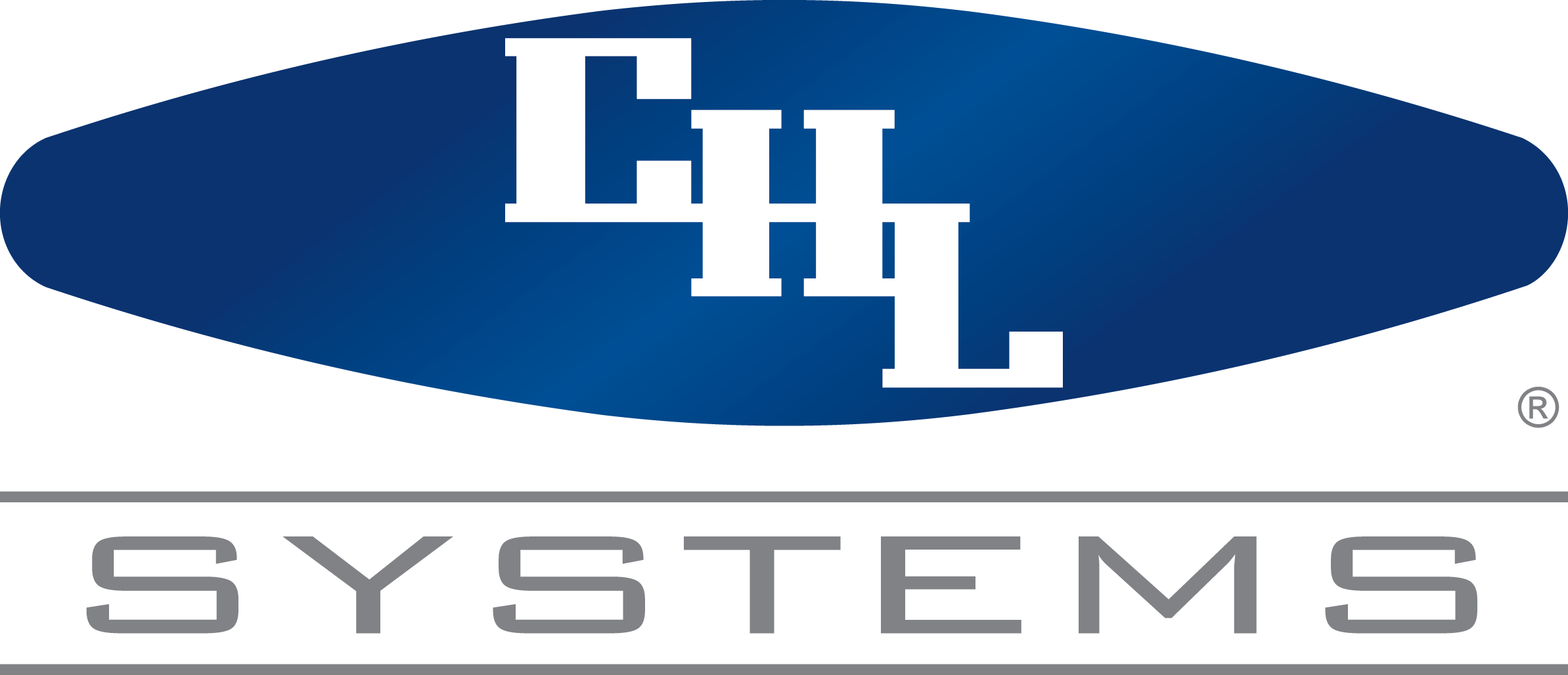Customer needed an automated solution for arranging bulk product into organized lanes to be indexed and picked.
Solution:
- CHL tested a few options for loading the sticks from a bulk hopper to a flighted belt and the best solution was using a star wheel.
- Based on initial testing, a machine was quoted that included a servo-driven star-wheel feeding a servo-driven timing belt with precise flight pockets to match the pick-and-place robot.
- Wooden dowels were used to simulate the product before the actual product was tested to confirm findings.
- Once the star-wheel and hopper configuration was set, CHL’s engineers developed this into a food production application.
- A program was developed that coordinated the movement of the star-wheels with the movement of the belt.
- The program also detected unfilled pockets in the star-wheel and corrected for this to ensure total fill of the belt.
Result:
- The final machine was able to feed 1-oz. (6.5″ long) and o\0.5 oz. (3.25″ long) meat sticks at a rate of 360 pieces per minute.
- Indexed 24 at a time to a precise location for the pick-and-place robot.
- The hopper holds 10 minutes worth of product so the operator can fill the machine and tend to other tasks.
- It is a unique piece of equipment that allows the customer to run much more than is possible with hand loading.


